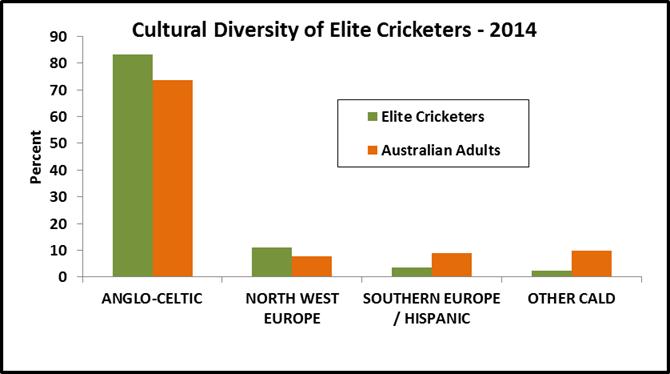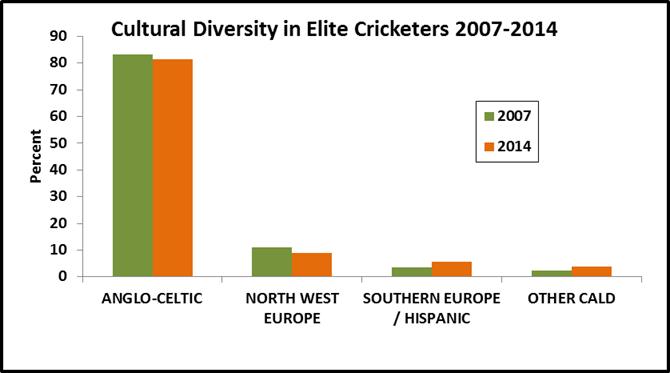Pushing the Boundaries
As we approach the final phases of the 2015 cricket world cup it is timely to reflect on the cultural diversity of tournament teams. For the second time, the tournament has been contested by 14 teams, comprising ten full members and four Associate and Affiliate members of the International Cricket Council (ICC).
Familiar cricket superpowers were joined by Ireland, Scotland, Afghanistan and the UAE. While none of the ’minnows’ made it to the quarter finals, their performances demonstrated they were not just there to make up the numbers. Each has earned its place after years of respectable tournament play among the other 24 fellow Associate and Affiliate members from around the world.
Incredibly, there are a further 71 national teams recognised by the five Development regions of the ICC. With 109 national teams, cricket has moved along rapidly to become a genuinely inclusive global sport.
Within Australia, Cricket has a strong claim to be identified as Australia’s national sport due to its popularity in all parts of the country. The Australian Cricket Census puts cricket participation ahead of all other popular sports, including the various football codes, tennis, golf and bowls.
But how diverse are Australia’s elite cricketers? And how well do they reflect Australia’s overall cultural diversity? Does growth in diversity within Australian cricket mirror the growth in diversity in global representation?
In this short piece we draw on recent research conducted by OriginsInfo which surveyed the extent of cultural diversity among the elite performers in several Australian sports (see Elite Athletes PDF).
Measuring Cultural Diversity
Many organisations are discovering the challenge of collecting appropriate data on cultural diversity so they can measure and report on how well they are engaging with Australia’s growing multicultural segments. These challenges are discussed in some depth in a previous edition of OriginsInsight.
OriginsInfo uses a robust name analysis methodology to infer the most likely cultural origin of a particular name combination. Four pieces of validation work support its claim of approximately 85% accuracy at the individual level.
In the case of Australian cricket, we collected names of 255 first class men and women cricketers playing in Australian competitions in October 2014. For practical purposes and to ensure statistical reliability, we grouped the 257 Origins categories into a smaller number of groups – Anglo-Celtic, North West European, Southern European/Hispanic, and Other CALD1.
We compared the proportion of elite cricketers in those categories with the proportion of the Australian adult population in the same categories. We also compared the current picture with the results we found when we conducted similar research in 2007.
Results
As might be expected given the English origin of the game and the legacy of a British colonial influence, the results reflect a significant over-representation of people with Anglo-Celtic heritage (81.6% compared with 67.4% in the wider population). Almost 10% are from a North West European heritage, mainly from Germany and the Netherlands. Although sharing a similar status as longer-term migrants, players with a Southern European heritage are somewhat under-represented.


